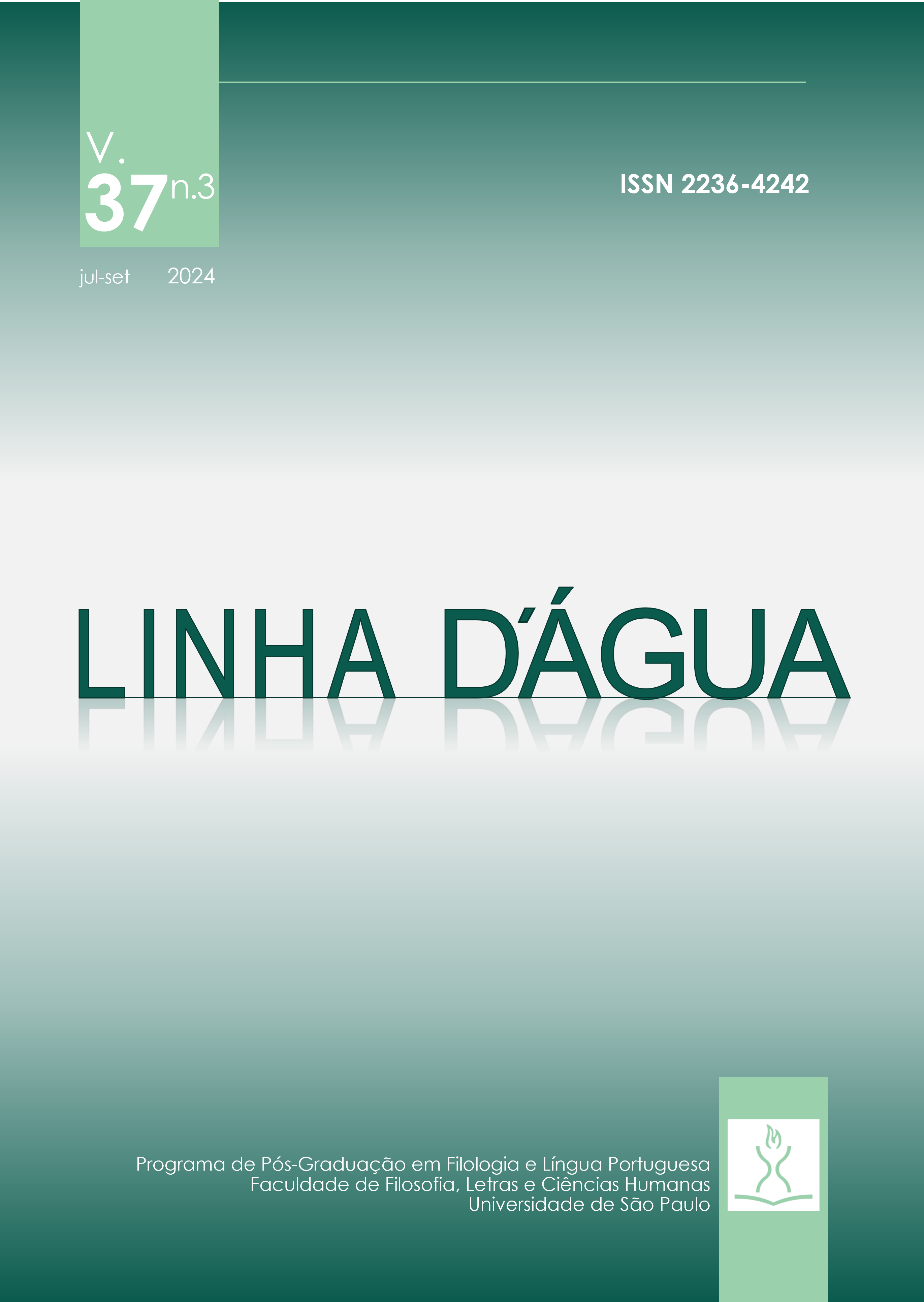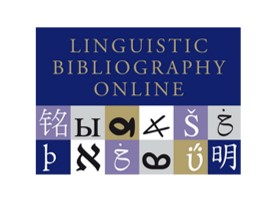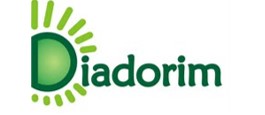“Tem um mentiroso aqui!”: configurações erísticas do debate televisionado entre candidatos à presidência do Brasil em 2022
DOI:
https://doi.org/10.11606/issn.2236-4242.v37i3p50-68Palabras clave:
Retórica, Argumentação, Lula, Bolsonaro, EleiçõesResumen
A corrida presidencial de 2022 no Brasil foi marcada por uma forte polarização. Partindo disso, o presente artigo busca identificar e descrever as estratégias erísticas mobilizadas nas interações do debate televisionado da Band no segundo turno das eleições de 2022, mais especificamente a utilização dos argumentos do tipo ad hominem e ad personam. Esta pesquisa insere-se nos campos de retórica e argumentação, com enfoque nos autores Aristóteles (2005), Schopenhauer (2009), Mateus (2018) e Amossy (2020). Como metodologia, o artigo possui caráter bibliográfico-documental, de natureza descritiva e explicativa. Por fim, os resultados das análises apontam para o emprego frequente, nesse debate, dos ataques ad hominem e ad personam, com o objetivo de descredibilizar o adversário por meio de estratégias diversas, como o recurso aos dados, a aproximação a atos condenáveis, o manejo estratégico do discurso relatado, entre outros procedimentos, revelando uma variedade de diferentes maneiras de realizar o ataque pessoal para além do que foi postulado por Schopenhauer em seu Tratado sobre a Erística (2009). Dessa forma, foi exposta uma interação fortemente adversarial e polarizada em torno de convicções pré-estabelecidas, sendo esses os elementos erísticos que configuraram, de um modo geral, os debates de 2022.
Descargas
Referencias
ABREU, A. S. A arte de argumentar: gerenciando razão e emoção. 13 ed. Cotia: Ateliê Editorial, 2009.
AMOSSY, R. A argumentação no discurso. Trad. Eduardo Lopes Piris, Moisés Olímpio Ferreira et al. São Paulo: Contexto, 2020.
AMOSSY, R. Por uma análise discursiva e argumentativa da polêmica. EID&A, Revista Eletrônica de Estudos Integrados em Discurso e Argumentação, v. 13, n. 1, p. 227-244, 2017. https://doi.org/10.17648/eidea-13-1526.
AMOSSY, R. Apologia da polêmica. Trad. Mônica Magalhães Cavalcante. São Paulo: Contexto, 2017.
ARISTÓTELES. Retórica. Tradução e notas de Manuel Alexandre Junior et al. Lisboa: Imprensa Nacional — Casa da Moeda, 2005.
BAND JORNALISMO. DEBATE NA BAND: PRESIDENCIAL 2022 — SEGUNDO TURNO. 16 out. 2022. Youtube. Disponível em: https://www.youtube.com/watch?v=iYVk1CeIs60. Acessado em: 31 aug. 2024.
BRAGA, D. Prós e Contras: o debate político televisivo como sub-género/sub-tipo de interacção verbal, Revista Galega de Filoloxía, Universidade da Coruña, n. 7, p. 29-65, 2006. Disponível em: http://hdl.handle.net/2183/2627. Acesso em: 31 aug. 2024.
BRINTON, A. A rhetorical view of the ad hominem. Australasian Journal of Philosophy, v. 63, n. 1, p. 50-63, 1985.
COURTINE, J.-J. Os deslizamentos do espetáculo político. In: GREGOLIN, M.R. (Org). Discurso e mídia. A cultura do espetáculo. São Carlos: Claraluz, 2004. p. 21-34.
CULPEPER, J. Impoliteness: using language to cause offense. Cambridge: Cambridge University Press, 2011.
DEBORD, G. A sociedade do espetáculo. Rio de Janeiro: Contraponto, 1997.
FIORIN, J. L. Argumentação. São Paulo: Contexto, 2015.
KERBRAT-ORECCHIONI, C. Les interactions verbales 1: Approche interactionnelle et structure des conversations. Paris: Armand Colin, 1990.
KERBRAT-ORECCHIONI, C. Análise da conversação: princípios e métodos. Trad. Carlos P. Filho. São Paulo: Parábola Editorial, 2006.
MATEUS, S. Introdução à retórica no séc. XXI. Covilhã: LabCom.IFP, 2018.
PERELMAN, C.; TYTECA, L. O. Tratado da argumentação: a nova retórica. 3 ed. Trad. Maria Ermantina de Almeida Prado Galvão. São Paulo: Martins Fontes, 2014.
PIRIS, Eduardo Lopes. Argumentação erística nas interações digitais: uma polêmica médica sobre a cloroquina no Debate 360 da CNN Brasil. Rev. Estud. Ling., Belo Horizonte, v. 29, n. 4, p. 2289-2333, 2021.
SCHOPENHAUER, A. A arte de ter razão exposta em 38 estratagemas. São Paulo: Martins Fontes, 2009.
SILVA, R. B.; SANTOS, M. F. O.; SANTOS, J. M. A persuasão textual nas tentativas de persuadir do debate político presidencial brasileiro. Cadernos de Linguística, v. 1, n. 2, p. 01-17, 2020.
WALTON, D. The New Dialectic: Conversational Contexts of Argument. Toronto: University of Toronto Press, 1998.
Descargas
Publicado
Número
Sección
Licencia
Derechos de autor 2024 Isabelle Fonseca Bezerra, Renan Mazzola

Esta obra está bajo una licencia internacional Creative Commons Atribución-NoComercial 4.0.
A aprovação dos manuscritos implica cessão imediata e sem ônus dos direitos de publicação para a Linha D'Água. Os direitos autorais dos artigos publicados pertencem à instituição a qual a revista encontra-se vinculada. Em relação à disponibilidade dos conteúdos, a Linha D'Água adota a Licença Creative Commons, CC BY-NC Atribuição não comercial. Com essa licença é permitido acessar, baixar (download), copiar, imprimir, compartilhar, reutilizar e distribuir os artigos, desde que para uso não comercial e com a citação da fonte, conferindo os devidos créditos autorais à revista.
Nesses casos, em conformidade com a política de acesso livre e universal aos conteúdos, nenhuma permissão é necessária por parte dos autores ou do Editor. Em quaisquer outras situações a reprodução total ou parcial dos artigos da Linha D'Água em outras publicações, por quaisquer meios, para quaisquer outros fins que sejam natureza comercial, está condicionada à autorização por escrito do Editor.
Reproduções parciais de artigos (resumo, abstract, resumen, partes do texto que excedam 500 palavras, tabelas, figuras e outras ilustrações) requerem permissão por escrito dos detentores dos direitos autorais.
Reprodução parcial de outras publicações
Citações com mais de 500 palavras, reprodução de uma ou mais figuras, tabelas ou outras ilustrações devem ter permissão escrita do detentor dos direitos autorais do trabalho original para a reprodução especificada na revista Linha D'Água. A permissão deve ser endereçada ao autor do manuscrito submetido. Os direitos obtidos secundariamente não serão repassados em nenhuma circunstância.
Cómo citar
Datos de los fondos
-
Conselho Nacional de Desenvolvimento Científico e Tecnológico
Números de la subvención PIBIC-FALE-2023











